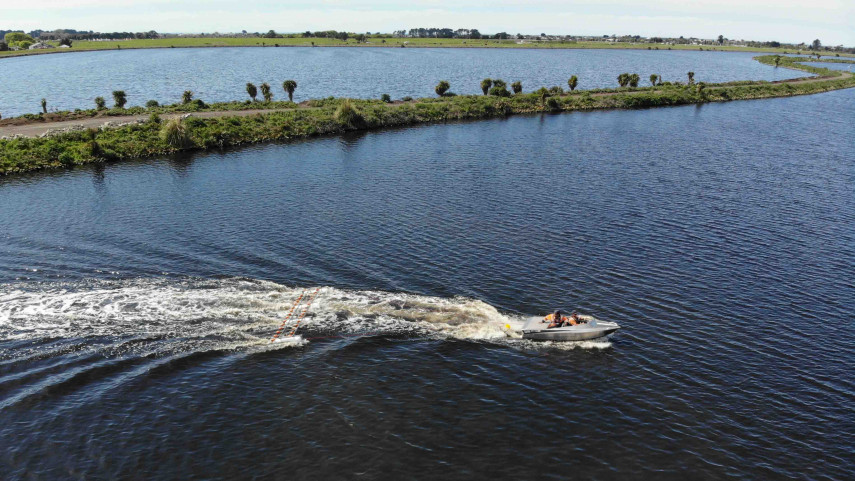
Planting project part of midge control work
Latest news

Share this story
More than 9000 native shrubs and trees will be planted beside the Bromley oxidation ponds over the next few weeks as part of ongoing efforts to keep the midge population down.
The trees and shrubs will create a natural screen between the oxidation ponds and nearby homes and help cut down the light from the residential area.
Midges, like moths, are naturally attracted to light.
“We’ve prepared the ground for planting and over the next few weeks our contractor, Fulton Hogan, will be putting in 9330 native trees and shrubs,’’ says Christchurch City Council Three Waters and Waste Operations Manager Adam Twose.
“As the plants grow up, they will shield the ponds from the light from neighbouring homes and roads which should make the residential area less attractive to the midges.’’
The planting work is part of a multi-pronged approach the Council is taking to control the midge population around the oxidation ponds. Midges are not harmful but over the warm summer months, they are an unwanted nuisance for nearby residents.
“Unfortunately midges breed well in the shallow, warm waters of the oxidation ponds so we are continually working to find new ways of keeping the midge population down,’’ Mr Twose says.
“Last summer we mechanically disturbed the floor of the oxidation ponds by using a slow-moving boat fitted with a raft of chains that dragged behind it. By doing this, we were able to create a less hospitable environment for the midges to breed in.
“As a result we saw a 35 per cent decline in the midge population around the ponds and received fewer complaints about the midges from nearby residents.
“We’ll be using the same approach again this summer so we hope to see a further decline in midge numbers,’’ Mr Twose says.
“We will also have contractors working on extending the spur in Pond 2 so that we can alter the inflow of treated wastewater, which should also make the ponds a less attractive breeding ground for midges.’’
